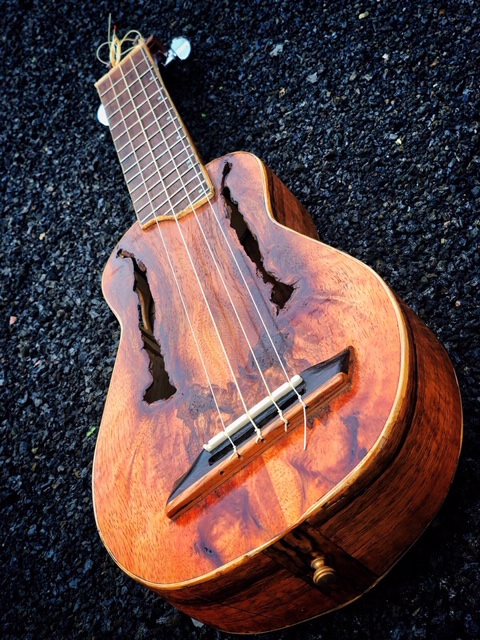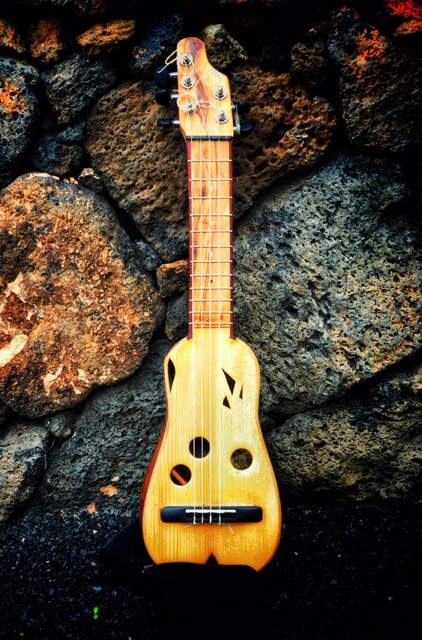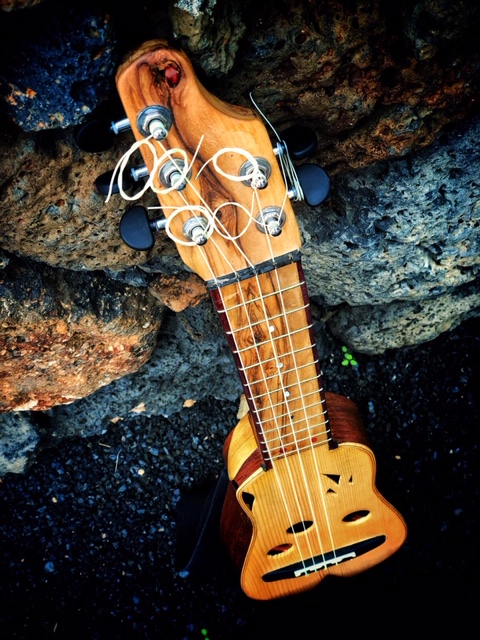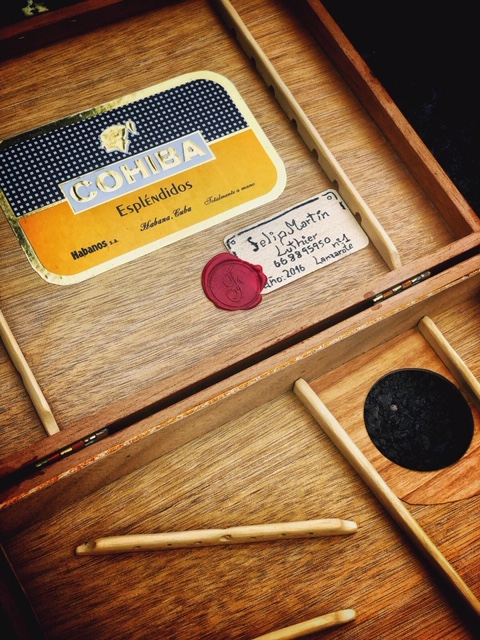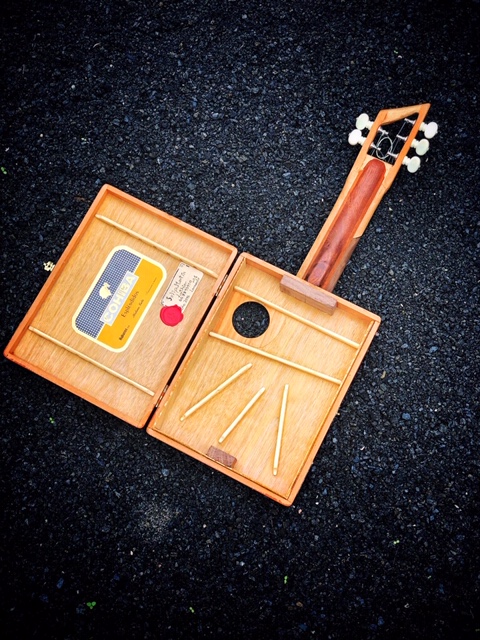Musical Instruments
Construction of string musical instruments, mainly my vocation to dedicate myself to crafts such as the luthier modality emerged in 2014 when I started playing the timple, which is a traditional instrument from the Canary Islands and that timple that we bought was of low quality and then I decided to take a course for construction of timples in the Villa de Teguise “Lanzarote which was made for people of legal age and I was still a minor and in the end the teacher who gave the course accepted me and I did a timple for a year and the following year I continued with the same course and did my second timple and from then on I set up a small workshop at home with very basic tools and made my own timples with different woods and shapes, innovating a bit about acoustics and forms of nature, in 2018 at the When I was of legal age, I obtained the craftsman’s card from the Island of Lanzarote and from then until now I have been building musical instruments, mainly female timples. os “Lanzarote” although I have also built ukuleles and an electro-acoustic bass.
"Puro Timple"
Timple “Puro Timple” built with a Cohiba cigar box taking advantage of the box to make an original instrument using recycled woods to make the different parts of the instrument.
Wood used:
Neck: Sipo, Walnut, Beech, Maple and Samanguila
Interior Wood: Walnut and Cypress from Victoria Island ( Canada)
Fretboard: Pau Ferro
Bridge: Purple Heart
![addd3f7c-184d-426e-abae-113b0d659a81[1]](https://www.estowstudio.com/wp-content/uploads/2020/08/addd3f7c-184d-426e-abae-113b0d659a811-150x150.jpg)
![addd3f7c-184d-426e-abae-113b0d659a81[1]](https://www.estowstudio.com/wp-content/uploads/2020/08/addd3f7c-184d-426e-abae-113b0d659a811-150x150.jpg)
![b529c02a-b051-43e8-9f6e-99571efc315a[1]](https://www.estowstudio.com/wp-content/uploads/2020/08/b529c02a-b051-43e8-9f6e-99571efc315a1-150x150.jpg)
![b529c02a-b051-43e8-9f6e-99571efc315a[1]](https://www.estowstudio.com/wp-content/uploads/2020/08/b529c02a-b051-43e8-9f6e-99571efc315a1-150x150.jpg)
Timple Hawaiian Koa
Timple built with Hawaiian Koa wood Mainly (the Koa is a local species in Hawaii whose scientific name is Acacia Koa and it is a wood highly appreciated for its curl or figure of the grain, it is a wood widely used for high quality ukuleles.
Wood used:
Top: of Hawaiian Koa
Back and sides: Hawaiian Koa
Neck: Hawaiian Koa
Fretboard: Maple and Wengue
Bridge: Zebrawood and Ziricote
Interior woods: Hawaiian Koa
Bones: Camel Bone from Lanzarote
![93d52fdc-5528-4937-8f7d-8ff51495d032[1]](https://www.estowstudio.com/wp-content/uploads/2020/08/93d52fdc-5528-4937-8f7d-8ff51495d0321-150x150.jpg)
![93d52fdc-5528-4937-8f7d-8ff51495d032[1]](https://www.estowstudio.com/wp-content/uploads/2020/08/93d52fdc-5528-4937-8f7d-8ff51495d0321-150x150.jpg)
![16f2307c-ceb0-4f02-a5a4-5e305bcd8b48[1]](https://www.estowstudio.com/wp-content/uploads/2020/08/16f2307c-ceb0-4f02-a5a4-5e305bcd8b481-150x150.jpg)
![16f2307c-ceb0-4f02-a5a4-5e305bcd8b48[1]](https://www.estowstudio.com/wp-content/uploads/2020/08/16f2307c-ceb0-4f02-a5a4-5e305bcd8b481-150x150.jpg)
Timple Hybrid
Timple built for concert since its bracing system and placement of the mouths make the sound of this timple high volume and short duration in time, which makes it special for strumming since the sound is produced very fast.
Wood used:
Neck: American Mahogany
Top: German Spruce
Back and sides: Sapelly
Fretboard: Olive wood from Menorca Island and African Padauk
Bridge: Ebony
Interior wood: German Spruce and Samanguila
Bones: Bufalo Horn and Camel Bone
![98332b81-b19f-406f-8522-95a41e125137[1]](https://www.estowstudio.com/wp-content/uploads/2020/08/98332b81-b19f-406f-8522-95a41e1251371-150x150.jpg)
![98332b81-b19f-406f-8522-95a41e125137[1]](https://www.estowstudio.com/wp-content/uploads/2020/08/98332b81-b19f-406f-8522-95a41e1251371-150x150.jpg)
![92153a79-8a91-45ff-916e-487652746d16[1]](https://www.estowstudio.com/wp-content/uploads/2020/08/92153a79-8a91-45ff-916e-487652746d161-150x150.jpg)
![92153a79-8a91-45ff-916e-487652746d16[1]](https://www.estowstudio.com/wp-content/uploads/2020/08/92153a79-8a91-45ff-916e-487652746d161-150x150.jpg)

